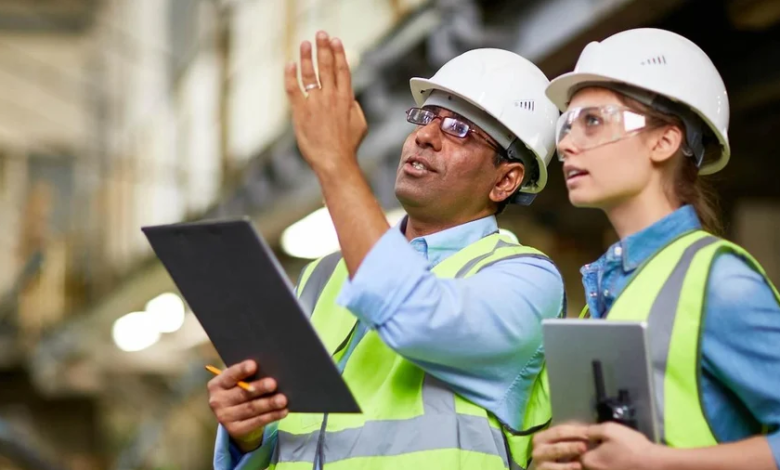AVOIDING COMMON PITFALLS IN CONSTRUCTION EQUIPMENT LEASING

Leasing construction machinery is a smart way to obtain the equipment you need without making a huge initial investment. It assists in maintaining cash flow and provides the flexibility to upgrade. It also enables your business to remain in operation even when unexpected big projects arise.
Equipment leasing has its traps, like any other financial decision. Not knowing what you are getting into or making a hurry to get a deal can cost your business much more than you thought. Here are the most common traps to avoid while at it.
Failure to read the lease agreement carefully
It is a no-brainer, but most business owners read the leasing agreements quickly and fail to notice minor details that will matter the most. Each construction equipment leasing agreement carries its own regulations regarding:
- Maintenance
- Insurance
- Usage provisions
- What would happen if you returned the equipment before the lease ends.
You should also go through each clause, particularly end-of-term options and extra fees. When in doubt about something, ask the lender to clarify.
Underestimating total cost over time
It is tempting to concentrate on the monthly payment, particularly when it seems affordable. However, the overall lease price might be higher than the price you would pay for the equipment in a one-time purchase.
Always work out the total amount you are to pay over the entire term:
- Deposits
- Administration charges
- Insurance
- End of lease fees.
Take that amount and compare it against the equipment market value and the cost of financing an acquisition. Leasing is rational when it is used to sustain your cash flow or project requirements, and not when it silently digs into your profits.
Underestimating the time the equipment will be required
Another typical error is choosing an unsuitable lease term. What happens if your project schedule shift or your business slow down? You may have to pay for equipment that you are not even using.
Try to align your lease period with your project schedule or seasonal requirements. When your business is not predictable, seek a shorter lease with renewal provisions rather than a long and fixed contract.
Failure to observe maintenance and return conditions
Most leases require you to maintain the equipment to the manufacturer’s standards. You should return it in good working condition. Not doing this may result in costly fines at the end of the lease.
Keep proper records of maintenance and frequent servicing. Observe all guidelines of utility. Consider leased equipment as if it were yours.
See also: The Definitive Guide to Selecting the Right Payroll Technology for Your Business Growth
Selecting the wrong leasing partner
Leasing companies are not all the same. Some specialize in short-term rentals, and others in long-term financing. Spend some time to:
- Review the offers
- Read the reviews
- Pose questions related to customer support and flexibility.
An effective leasing partner must have knowledge of your business requirements. In addition, they must be clear on costs, terms, and renewal agreements.
Final thoughts
Leasing construction equipment is a smart business practice when done the right way. The idea is to research before, ask the correct questions, and know what you are getting into. Avoid these traps and you will safeguard your bottom line. You will also achieve better relationships with your financing partners.





